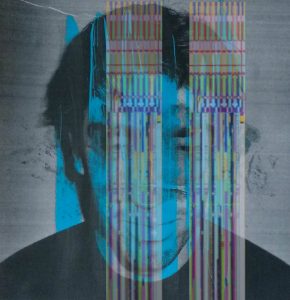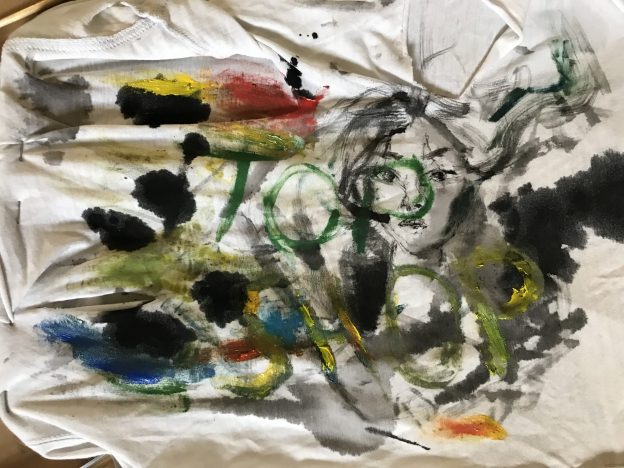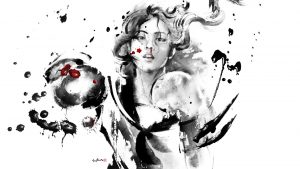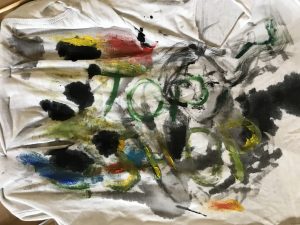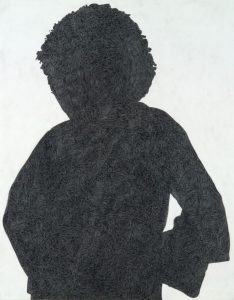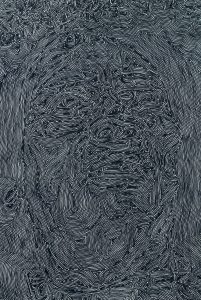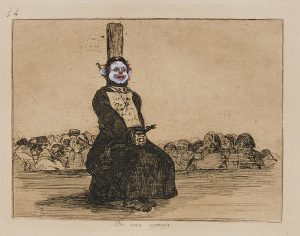The extract of Leo Steinberg discusses the ideas around a picture plane and how it has evolved in certain aspects throughout the latter half of the 20th century. It talks about the changes from the traditional vertical picture plane that corresponds to the human perception of the image with regards to the upright posture and everything it is naturally subjected to (gravity) to a radical shift to what Steinberg calls the flatbed picture plane. The name derives from the flat bed of a printing press. Steinberg suggests that it had started to emerge in the early 20th century among pop artists like Rauschenberg in which his works had no longer a sense of right way up therefore that connection of human posture to a picture plane disappears and the image becomes more like a scattered workbench that either makes sense or is just a mess. With a flatbed picture plane, how it is hung up doesn’t seem to be important as it can make sense in any position. This is the biggest difference Steinberg points out between the traditional picture plane like that of the renaissance and the artist of the 20th century. Steinberg concludes that as a result of this change comes the “change in relationship between artist and image, image and viewer”.
The extract of Richard Serra focuses on the changing perceptions of a sculptor in relation to the process and technological advances within their time. He argues that the tradition sculpture before the 15th century where like components of a wider entity material wise. He states that the more secular views of using materials such as steel as building resources were long gone from sculpture art and as a result, the wider historical context of technological advancement through era’s such as the industrial revolution did little to effect sculptors methods of making. Serra further discusses the concept of the site specificity and how a work has an effect on its surroundings rather than the other way round. The nature of site specific works can be split into the “language” of the work and that of the surroundings. This distinguishes site specific work from that of an art piece in a gallery that isolates itself from its environment and virtually creates its on site in itself. Serra raises the problems of site specific works, in that it is difficult to implement in certain sites that belong to an institution without it becoming a “token of that institution” and thus the work becomes subservient to its ideas rather than being a separate entity with a relationship to its surroundings. Another issue that comes with creating site specific work is its recallability which is often impossible and therefore becomes a less attractive investment and therefore less sanctions by patrons.
Both the essays of Steinberg and Serra explore the topic of perception of art throughout history. They both propose very similar ideas of the increasing flexibility of how we see art. For Steinberg, the tradition orientations of an art piece with relation to the human posture becomes less objective throughout the 20th century as the development of abstraction started to flourish more than ever. Whereas Serra looks at perspectives of sculptors and how they are separate with their idea of materials as picture making mediums rather than their practical usage as building materials so a a sculptor materials are more than function but also meaning.
Bibliography
Art in theory 1900-1990 an anthology of changing ideas- Charles Harrison and Paul Wood
Leo Steinberg, “From Other Criteria”, Pg. 948
Richard Serra, From the Yale Lecture, Pg. 1124

